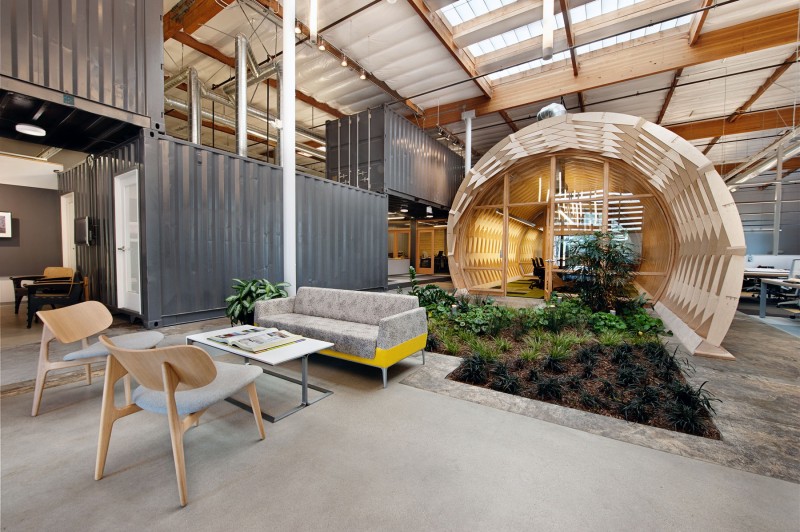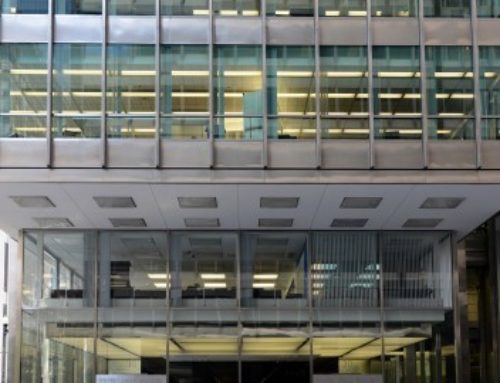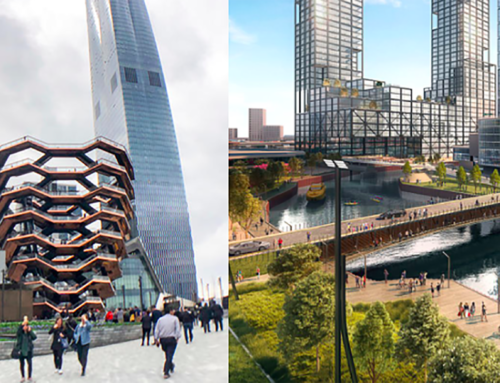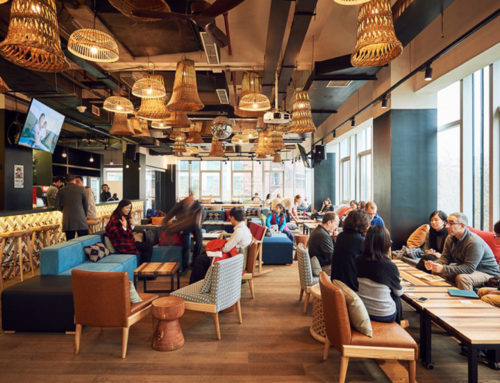PART ONE: WHO
In this mini-series, I discuss the various aspects of a workplace and how it affects and is affected by the culture of the company that occupies it.
Ask any company in any industry in America, and in general, the overwhelming consensus is that the workforce is trending towards the younger side. Baby boomers who had made up the majority of the white-collar workforce are now retiring at a disproportionate rate, resulting in what one journalist aptly dubs a “silver tsunami.” In turn, businesses are looking to attract and retain the new, sought-after generation of millennials. Recently graduated and fresh to the professional world, this demographic has an advantage in that they have lived their entire lives in a media and internet saturated world, and this is exactly the kind of edge businesses need to stay relevant.
In the same way that a younger workforce is changing up the way work gets done, millennials also have different ideas and preferences about the ideal workplace. When thinking about what your workers value most in a space, one must remember that thanks to the digital world we live in, a very big emphasis is placed on being connected. How does this translate into the office landscape?
Whereas large, isolated offices were once the sought-after spaces in an office, the trend is now turning to a more open layout with various different types of nooks in which groups can collaborate. High profile companies are incorporating all sorts of unconventional designs within their office spaces; at Google’s headquarters in London, employees can tote their laptops and work on a breezy rooftop garden, or sprawled on a sofa in a cozy, wallpapered living room. Of course, not all workplaces need to be quite so eccentric, but the architects of Google’s space have capitalized on the fact that “people like nice spaces, and people like to feel comfortable.”
As a business owner, one of the first and most important things you learn is that, for better or for worse, the people you hire become the face of your company. In order for your people, and, in turn, your company to reach their fullest potential, it is worth taking a look at your space and thinking about whether it accommodates and reflects the values of the people working there. Companies are always faced with decisions about how to maximize success, and inevitably, the answer will sometimes be to compromise. But while it might seem that spending less on an office space will be better for your bottom line, realize that the tradeoff may very well be the quality of talent you hire and retain.






